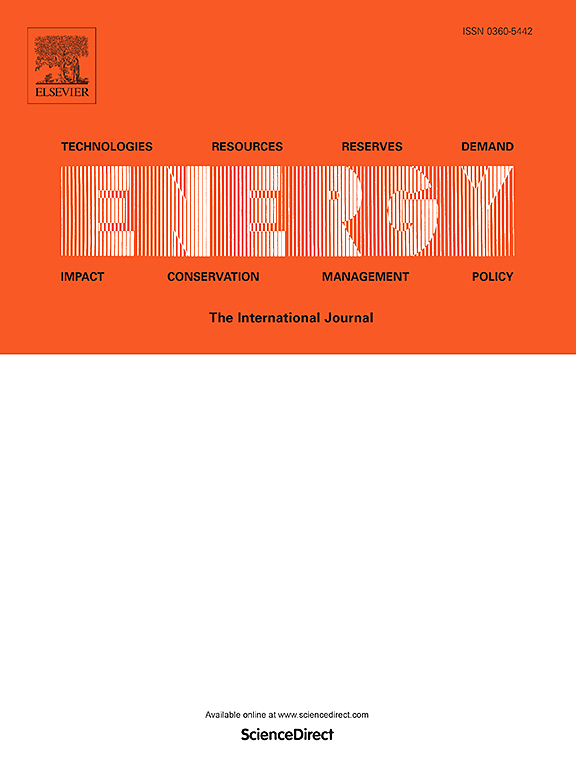Establishment of a novel DNNSS-MOVES prediction model for carbon emissions of trucks driving on dirt roads
IF 9.4
1区 工程技术
Q1 ENERGY & FUELS
引用次数: 0
Abstract
This study proposes a novel prediction model to accurately quantify the carbon emissions of the trucks driving on dirt roads based on the deep learning neural network for small sample (DNNSS) and the motor vehicle emission simulator (MOVES). The application range of the MOVES model was extended to the transportation of asphalt mixtures on the temporary road. The model correction method was also established based on the rolling resistance coefficient (C) and the correction coefficient (μ). By comparing the measured fuel consumption of the truck with the carbon emissions calculated by the MOVES model, the values of C × μ can be back-calculated. DNNSS was constructed for estimating the C × μ. The Adaptive Moment Estimation (Adam) algorithm was used to dynamically adjust the learning rate and accelerate the convergence of the network; the Dropout function was used to alleviate overfitting; and the Rectified Linear Unit (ReLU) function was used as the activation function to solve the gradient vanishing problem. The test results showed that the vehicle speed and load greatly influence the C × μ. The DNNSS algorithm was better at predicting the C × μ. The proposed DNNSS-MOVES model was more accurate than the conventional methods.建立新型 DNNSS-MOVES 预测模型,预测土路行驶卡车的碳排放量
本研究基于小样本深度学习神经网络(DNNSS)和机动车排放模拟器(MOVES),提出了一种新型预测模型,用于准确量化卡车在土路行驶时的碳排放量。MOVES 模型的应用范围扩展到临时道路上的沥青混合料运输。还根据滚动阻力系数(C)和修正系数(μ)建立了模型修正方法。通过比较测量的卡车油耗和 MOVES 模型计算的碳排放量,可以反算出 C × μ 的值。为估算 C × μ,构建了 DNNSS。使用自适应矩估计(Adam)算法动态调整学习率,加速网络收敛;使用 Dropout 函数减轻过拟合;使用整流线性单元(ReLU)函数作为激活函数,解决梯度消失问题。测试结果表明,车速和载荷对 C × μ 有很大影响。DNNSS 算法能更好地预测 C × μ。提出的 DNNSS-MOVES 模型比传统方法更准确。
本文章由计算机程序翻译,如有差异,请以英文原文为准。
求助全文
约1分钟内获得全文
求助全文
来源期刊

Energy
工程技术-能源与燃料
CiteScore
15.30
自引率
14.40%
发文量
0
审稿时长
14.2 weeks
期刊介绍:
Energy is a multidisciplinary, international journal that publishes research and analysis in the field of energy engineering. Our aim is to become a leading peer-reviewed platform and a trusted source of information for energy-related topics.
The journal covers a range of areas including mechanical engineering, thermal sciences, and energy analysis. We are particularly interested in research on energy modelling, prediction, integrated energy systems, planning, and management.
Additionally, we welcome papers on energy conservation, efficiency, biomass and bioenergy, renewable energy, electricity supply and demand, energy storage, buildings, and economic and policy issues. These topics should align with our broader multidisciplinary focus.
 求助内容:
求助内容: 应助结果提醒方式:
应助结果提醒方式:


